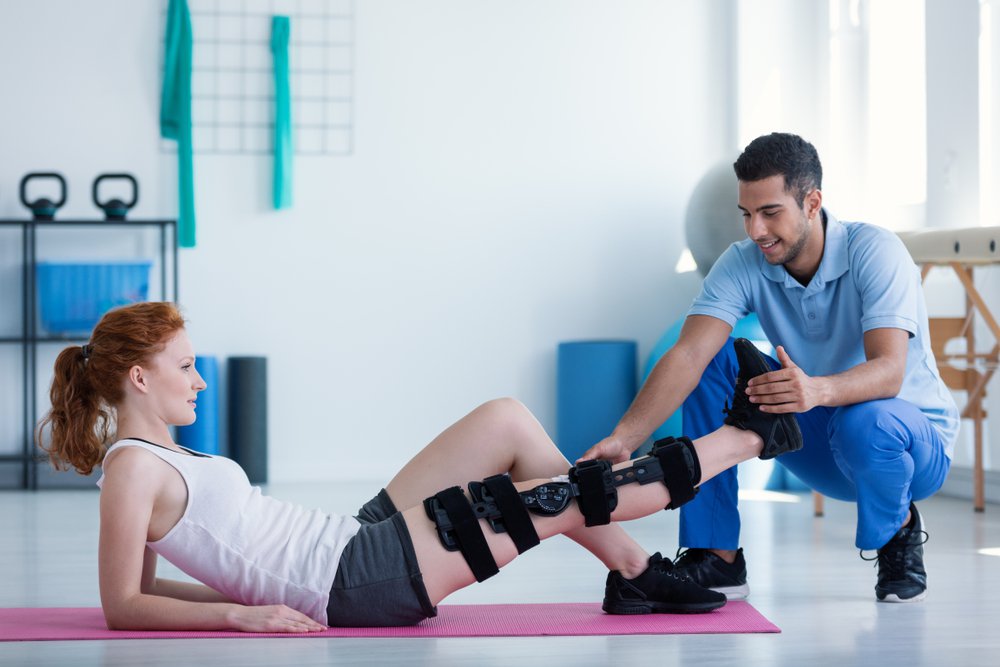Learning Frequent Athletic Injuries as well as Effective Rehabilitation Plans for Sports Players
Learning Frequent Athletic Injuries as well as Effective Rehabilitation Plans for Sports Players
Blog Article
Sports injuries are common among sportspeople of all age groups and skill levels. These injuries can happen in multiple forms, including ligament injuries, muscle injuries, fractures, and tendon inflammation. Comprehending the types of traumas that can occur during sports events is essential for both avoiding and treatment. Ligament injuries, for example, involve the overextending or tearing of connective tissues, which connect skeletal structures at a joint. Strains, on the other hand, affect muscle tissues or tendons, which connect muscle tissues to skeletal structures. Recognizing these traumas promptly can help sportspeople seek appropriate care and come back to their sport more rapidly.
One of the most commonly observed injuries in athletics is the ankle sprain. This trauma often occurs when an individual lands ungracefully or twists their ankle during a match. Symptoms of an foot sprain include discomfort, swelling, and trouble moving. Immediate care typically involves the R.I.C.E. approach, which stands for Rest, Cooling, Compression, and Lifting. This approach aids reduce swelling and pain. In severe serious cases, physical treatment may be necessary to regain strength and mobility to the ankle before returning to athletics.
Another common trauma is a muscle injury, which can occur in any athletic activity that requires quick movements or intense lifting. Sportspeople may experience a muscular strain when they extend a muscle too much or when they exert too great force. Signs include sharp discomfort, swelling, and muscle contractions. Rehabilitation for muscular strains often entails gentle flexibility exercises and strengthening exercises. Slowly increasing exercise levels is crucial to prevent recurrence. Athletes should work tightly with a physical therapist to create a secure and effective rehabilitation plan.
Tendonitis is another injury that can affect athletes, particularly those who engage in repetitive movements, such as joggers or aquatic athletes. This condition occurs when a tendon, which links muscular tissue to skeletal structure, Extra resources becomes inflamed. Common locations involved by tendon inflammation include the arm, upper arm, and knee. Symptoms often include pain and rigidity, especially during activity. Care for tendonitis usually involves recovery, cooling, and anti-inflammatory medications. In some situations, physical therapy may be suggested to enhance mobility and power in the affected area.
Avoiding athletic traumas is just as important as treating them. Sportspeople can minimize their chance of injury by warming up correctly before events, using the right equipment, and maintaining good physical shape. Power training and flexibility workouts can assist prepare the physique for the demands of sports. Additionally, athletes should pay attention to their physical condition and take rest when necessary. By understanding common athletic traumas and applying efficient recovery strategies, athletes can remain fit and enjoy their beloved sports for years to follow.